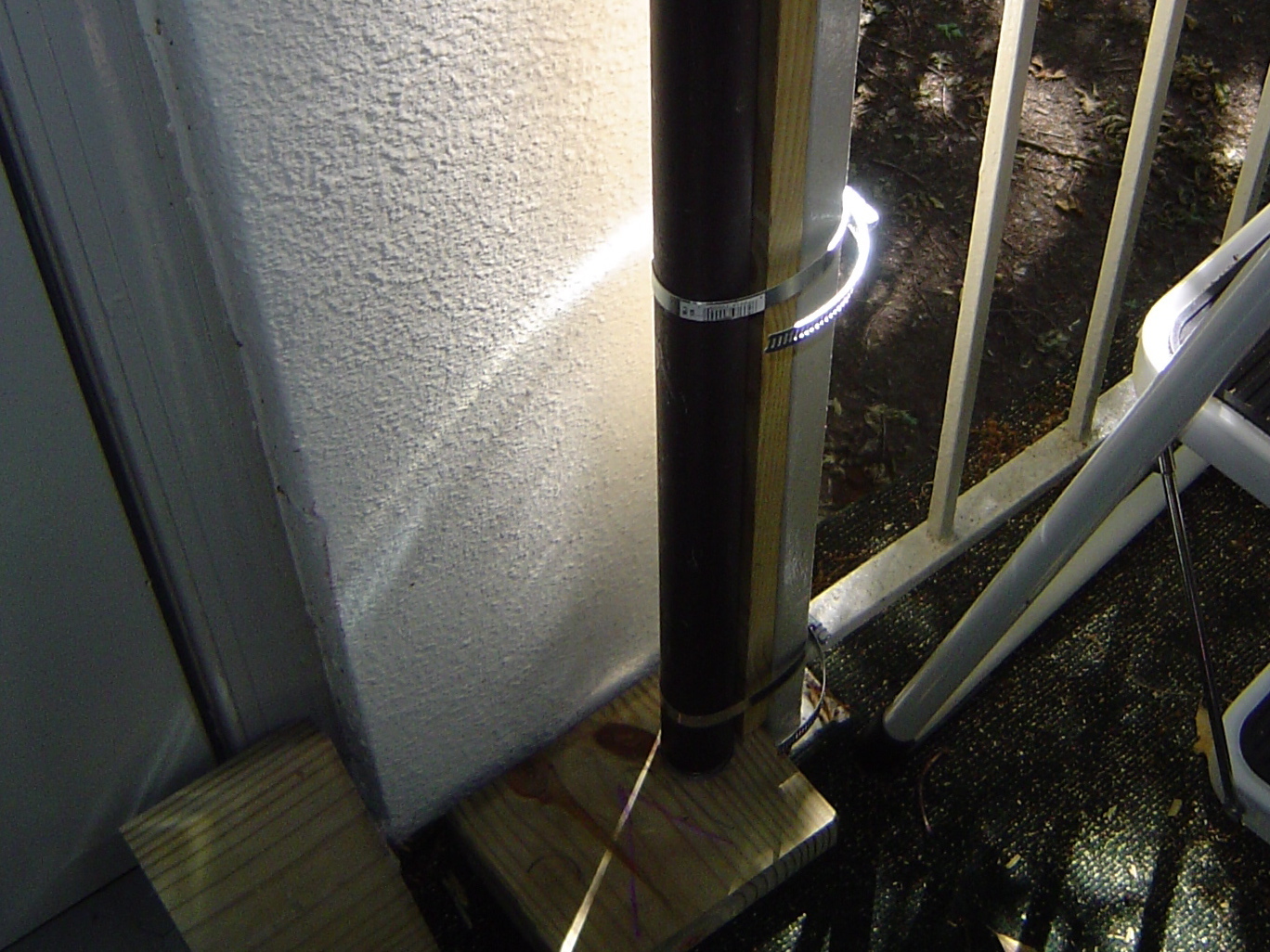Gardening can be a therapeutic and rewarding experience, but it’s not without its challenges. One of the most common frustrations for any gardener is the relentless invasion of weeds. These unwelcome guests can quickly overrun your carefully curated landscape, stealing nutrients and sunlight from the plants you actually want to thrive. But fear not, fellow green thumbs, for there is a solution that can significantly reduce your weeding woes: landscape fabric.
Landscape fabric, also known as weed barrier fabric, is a textile placed around plants or over soil to help control weed growth. It’s a simple yet ingenious gardening hack that can save you hours of back-breaking weeding. The fabric acts as a physical barrier, preventing weed seeds from taking root by blocking their access to sunlight, while still allowing water and air to reach the soil and the roots of your desired plants.
The concept of using a barrier to suppress weeds isn’t new, but the materials and technology have come a long way. Modern landscape fabrics are designed to be durable, permeable, and, in some cases, even eco-friendly. They’re an excellent choice for areas where you want to reduce maintenance, such as around trees, shrubs, and in flower beds where you don’t plan to do a lot of digging or replanting.
However, not all landscape fabrics are created equal. The effectiveness of the fabric depends on several factors, including the material, thickness, and how it’s installed. For instance, a thicker, heavy-duty fabric might be the best choice for high-traffic areas or under pathways, while a lighter, more permeable option could be better suited for flower beds.
One of the key benefits of using landscape fabric is its ability to reduce soil erosion. This is particularly important in areas prone to heavy rain or wind, where exposed soil can quickly wash or blow away. By keeping the soil in place, landscape fabrics not only prevent weeds but also help to maintain the integrity of your landscape design.
Another advantage is the reduction in the need for chemical weed killers. For those who prefer to keep their gardening as organic as possible, landscape fabric offers a physical weed control method that doesn’t rely on potentially harmful herbicides. This is not only better for the environment but also for the health of your garden and the creatures that inhabit it.
Choosing the right landscape fabric can be a bit overwhelming, given the variety of options available. It’s important to consider the specific needs of your landscape when making your selection. For example, if you’re covering a large area, you’ll want a fabric that comes in a size that minimizes seams, as weeds can find their way through any gaps. If you’re using it in a vegetable garden, you’ll need a fabric that’s easy to cut and move, as you’ll likely be changing plants more frequently.
The goal is to create a beautiful, low-maintenance landscape that allows you to spend more time enjoying your garden and less time fighting with weeds. With the right landscape fabric, you can achieve just that. So, let’s roll up our sleeves, lay down some fabric, and get one step closer to the lush, weed-free garden of our dreams.

Now that we’ve established the importance of landscape fabric in maintaining a pristine garden, let’s delve into the expert insights and top picks that can help you achieve that weed-free aesthetic with minimal effort. Remember, the key to a successful landscape fabric installation is choosing the right product for your specific needs and environment. Let’s explore some of the best options on the market, as recommended by professionals in the field.
Taylor Olberding, co-founder of Heroes Lawn Care, emphasizes the importance of durability in landscape fabric. He suggests that materials like heavy-duty woven fabric or thick plastic are excellent for enduring moisture and regular wear, thus providing extended protection for your garden beds. When it comes to sustainability, Olberding points out that biodegradable fabrics made from recycled paper mulch or cornstarch are also viable options. These materials can last up to a year or biodegrade within 4 to 8 months, respectively, offering an eco-friendly solution to weed control.
With Olberding’s advice in mind, let’s take a closer look at some of the top landscape fabric picks that can cater to various gardening needs:
Best Overall: Hoople Garden Weed Barrier Landscape Fabric
This nonwoven fabric is a heavyweight champion in the landscape fabric arena. At 5 ounces per square yard, it’s significantly thicker than many of its counterparts, which means it’s less likely to tear under the pressure of heavy foot traffic or the weight of stones. It’s also equipped with UV stabilizers to prevent damage from direct sunlight, ensuring that your weed barrier remains effective for years to come. However, it’s worth noting that in heavy rain, this fabric may not drain as quickly, potentially leading to puddles.
Best Bang for the Buck: Petgrow Heavy-Duty Weed Barrier Landscape Fabric
For those on a budget, Petgrow offers a heavy-duty, eco-friendly option made from polypropylene. It’s easy to install, lightweight, and breathable, making it a convenient choice for gardeners. This fabric is also UV-stabilized for long-term use and comes in various sizes to fit different garden dimensions. Keep in mind that cutting this fabric may reduce its heavy-duty nature, so handle with care to avoid unraveling.
Best for Weeds: DeWitt Pro-5 Weed-Barrier
DeWitt’s Pro-5 Weed-Barrier is a favorite among landscape professionals for its heavy-duty woven, needle-punched construction. It’s designed for both professional and commercial use, offering a robust weed control solution that’s also easy for amateur gardeners to lay. The fabric is UV resistant, preventing sun degradation, and features high-visibility stripes every 12 inches to aid in plant alignment. Although the smallest roll size may still be too large for some gardens, its effectiveness makes it a worthwhile investment.
Longest Lifespan: DeWitt 12-Year Weed Barrier Landscape Fabric
DeWitt’s 12-Year Weed Barrier promises an impressive lifespan, with a lightweight woven fabric that’s durable enough for low-traffic areas. It’s UV-resistant and features a hydrophilic treatment to improve permeability, ensuring that your plants receive the water, air, and nutrients they need. However, its smaller size may not be suitable for larger projects.
Best Eco-Friendly: ECOgardener Premium Weed Barrier
For the environmentally conscious gardener, ECOgardener’s Premium Weed Barrier is an excellent choice. Its dual-layered, needle-punched construction allows for optimal air and water circulation, promoting plant growth while suppressing weeds. Made from woven polypropylene, this fabric is eco-friendly and lightweight, making installation a breeze. Just remember to cover it with mulch immediately after installation to protect it from UV damage.
Best Heavy-Duty: Flarmor Landscape Fabric Weed Barrier
Flarmor’s Landscape Fabric Weed Barrier combines the strength of nonwoven fabrics with the permeability of perforated barriers, resulting in a highly durable and versatile product. It’s perfect for covering sloped areas for weed and erosion control and can withstand the pressure of heavy stones. Like other nonwoven options, it requires a protective layer of mulch or rock to prevent UV degradation.
Before making your purchase, consider the specific needs of your landscape. If you’re working with a vegetable garden or an area where you frequently change plants, full coverage with landscape fabric may not be ideal. Instead, use it between rows for weed suppression. Be mindful of soil erosion and compaction, especially in areas covered with landscape fabric for extended periods. It’s best used beneath walkways or around permanent trees and shrubs where you don’t plan future plantings.
Landscape fabric can be a gardener’s best friend when it comes to weed management. By selecting the right type of fabric and installing it properly, you can enjoy a beautiful, low-maintenance garden that thrives. Whether you opt for the durability of a heavy-duty fabric or the eco-friendliness of a biodegradable option, there’s a landscape fabric out there to meet your needs. So, go ahead and lay down that barrier, and watch your garden flourish without the constant battle against weeds. Happy gardening!
Related posts:
The Best Landscape Fabrics for Weed-Free Gardening





